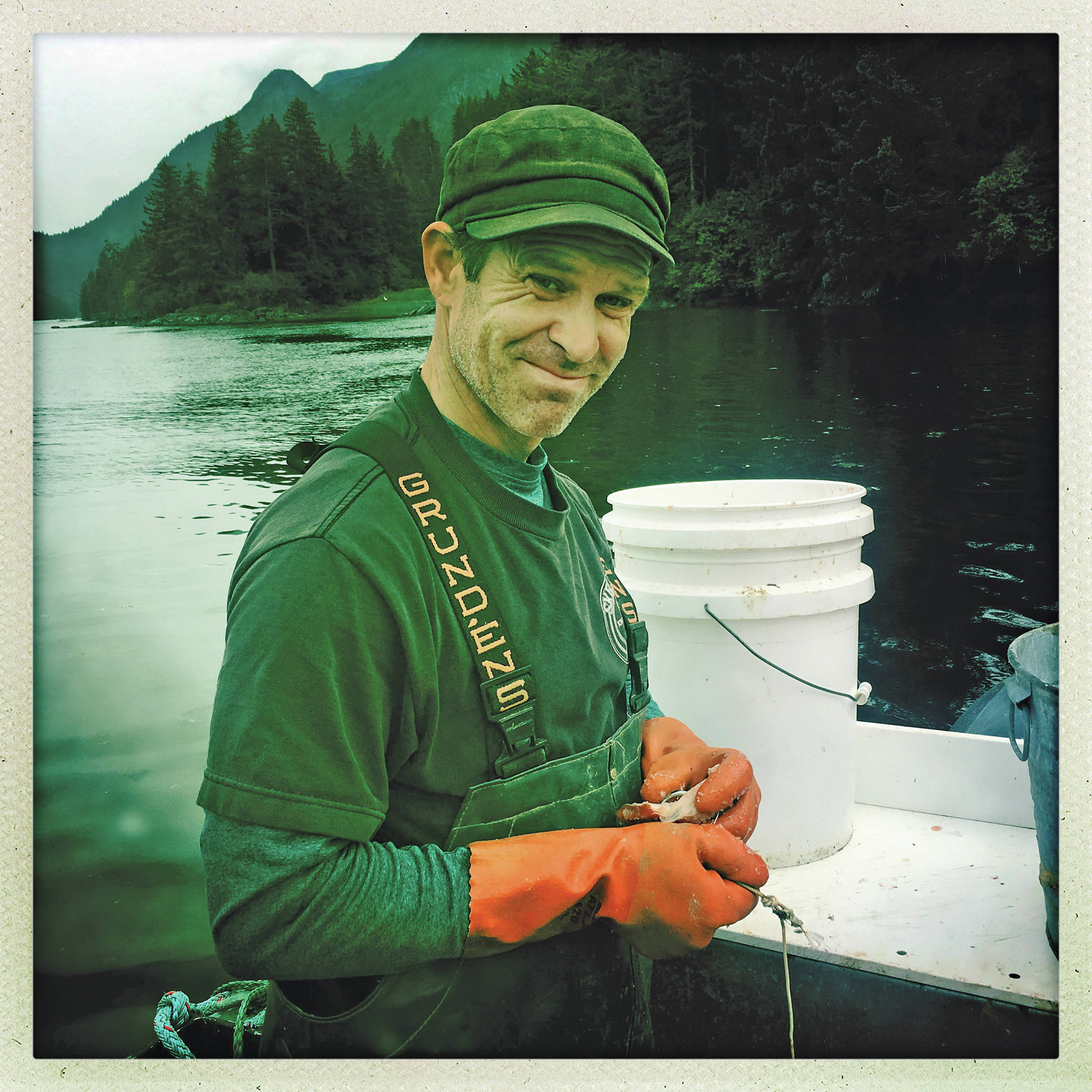This past August, Hilcorp made a presentation at Land’s End in Homer to describe the seismic testing they were conducting for possible oil and gas development here in lower Cook Inlet. Hilcorp representatives presented themselves as a small company, with a guiding set of principles founded on community partnerships. Specifically, they identified a critical metric of their operating principles was to identify if a proposed undertaking was the right action, in the right place at the right time. Oil and gas exploration and development in lower Cook Inlet is unequivocally the wrong action in the wrong place at the wrong time.
As a Kachemak Bay commercial and subsistence fisherman, I have a churning anxiety about the possibility of oil and gas development here as well as a sense of urgency and moral obligation to protect this area and our way of life. All residents of the lower Kenai Peninsula are part of the ecology of this place. We must work collectively to establish a permanent moratorium on oil and gas development in lower Cook Inlet to support long term viability of our fisheries and our quality of life.
Oil and gas development would irreversibly transform this area.
A catastrophic oil spill on the scale of the Exxon Valdez spill in Prince William Sound or the Deep-Water Horizon oil spill in the Gulf of Mexico would result in irreparable ecological and economic destruction.
Here at the end of the road system we live in an incredibly unique and remarkable setting, on the shore of a rich marine ecosystem surrounded by state and federally designated parks, preserves and wilderness areas. We live in one of the few places in North America where all the pieces of a large interconnected ecosystem are intact, and functioning as it was prior to European contact.
Few places provide the opportunity to live on the fringe of such a wild landscape.
The quality of life we experience living here on the shores of lower Cook Inlet includes the ability to harvest from our local waters and the irreplaceable aesthetic natural beauty of the landscape. With the privilege of living here comes responsibility to give thanks to the resources we harvest, to protect them and to stand together against actions that could harm them.
In the 1970s area residents established the Kachemak Bay Defense Fund and stood united against the sale of oil leases in Kachemak Bay, ultimately resulting in the bay’s designation as a Critical Habitat Area in 1974.
In the late 1990s peninsula residents resisted proposed lower Cook Inlet oil and gas development lease sales 149 and 173.
Residents argued that oil and gas development would cause irreversible harm to the environment, our fisheries and the socio-economic, and well-being of lower Cook Inlet communities.
Once again, we face this threat. Yet in 2019 the stakes are even greater due to the unprecedented ecological stresses our home is experiencing from climate change.
All sectors of our economy are connected to the biological productivity and ecological integrity of Kachemak Bay and Lower Cook Inlet. This includes our commercial, subsistence and sport fisheries, recreational use of Kachemak Bay State Park, wildlife tours and marine trades.
The health of these sectors of our economy contribute to the broader Homer, Kachemak Bay and Kenai Peninsula economy from schools to welding shops, hospitals, restaurants and other local businesses. The cumulative impacts of oil or gas development combined with the impacts climate change and ocean acidification are already having on the integrity of our marine food web would radically disrupt our coastal Alaska way of life.
As residents of this remarkable landscape we have a role as environmental stewards. Establishing a permanent moratorium on oil and gas development for lower Cook Inlet is critical for protecting the ecological integrity of our region which is the cornerstone of our economy and quality of life. We need to collectively pursue this with a passionate and uncompromising urgency.
Josh Wisniewski is a small boat commercial fisherman and a cultural anthropologist. He sits on the Board of Directors for the Alaska Marine Conservation Council, and lives on the south side of Kachemak Bay.


